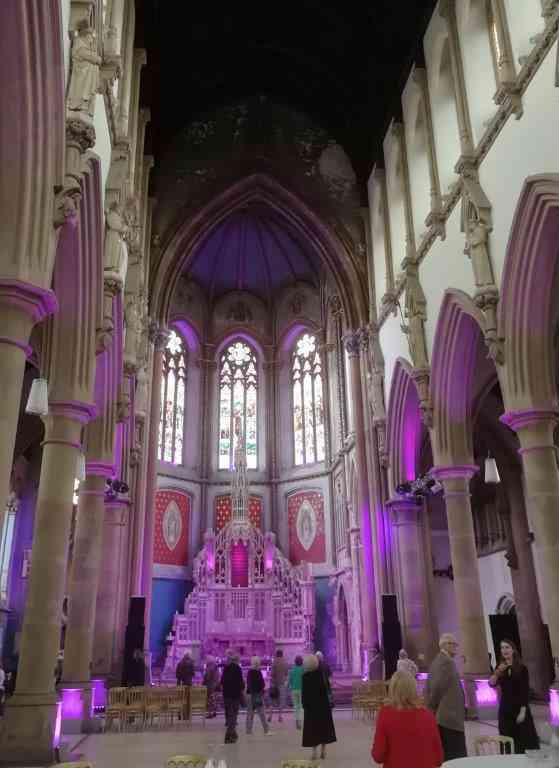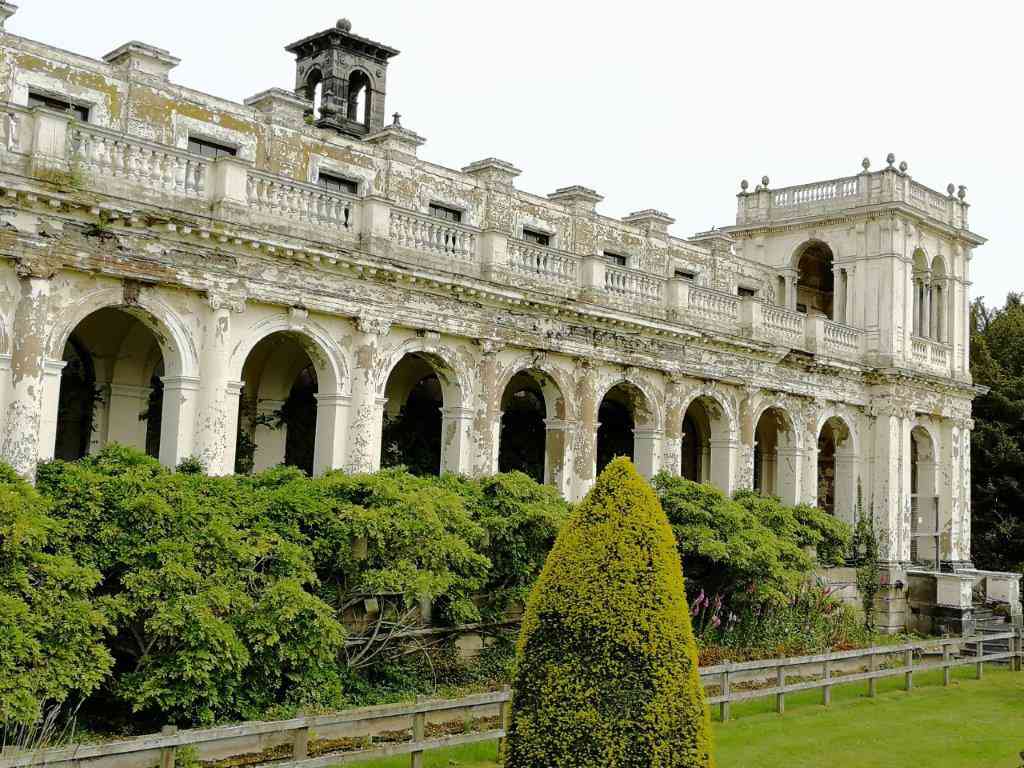Full Itinerary - Visit to Nostell Priory (National Trust Property) - 8th August, 2019
This month we will be visiting another gem of God’s own country and one of the National Trust’s finest houses, Nostell Priory. The name commemorates an Augustinian priory founded in the early C12th on a site close to the present house. The last prior, Robert Ferrar, surrendered the Priory to Henry VIII in 1540 and the buildings and land were then granted to Dr Thomas Leigh one of the King’s appointed Visitors. Dr Leigh converted three ranges of the Priory buildings into a manor house known as Nostall Hall.
In 1650 the Winn family from Gwydir in North Wales bought the estate. They had made their fortune as textile merchants in London. George Wynne had been Draper to Queen Elizabeth I. Three generations of the family resided in the old manor house, but in the C18th Sir Rowland Winn, 4th Baronet, decided to abandon the old hall and build a modern house.
Sir Rowland had been on the Grand Tour and returned to England fired up with plans for his new mansion. He appointed a gentleman-architect from Beverley, Colonel James Moyser. He was an enthusiast for the work of Andrea Palladio and based the design of Nostell on Palladio’s Villa Mocenigo at Dolo. The building work was eventually overseen by James Paine, who made considerable alterations to the original scheme. Paine did not finish the house as Sir Rowland Winn, 5th Baronet received a bequest and brought in his own architect, Robert Adam. Adam started work on the interior of the house employing craftsmen such as Antonio Zucchi, Joseph Rose and Thomas Chippendale. Chippendale was responsible for the complete furnishing of the house with over 100 pieces by him still remaining in the Priory. The furniture is particularly interesting as it varies in quality and style from expensive chinoiserie pieces to a chopping block in the kitchen.
The Winn family has continued to live in the house up to the present day although in 1953 the house, with its principal contents and Chippendale furniture, was given to the National Trust. On arrival at Nostell Priory, light refreshments will be served. This will be followed by a talk from one of the volunteer staff about the history of the house and family. There will then be a short break before lunch is served in a private room. Lunch will be soup, sandwiches, cakes and tea/coffee.
After lunch there will be an opportunity to visit the house on a free flow basis. This includes the exhibition on Chippendale “The Man and the Brand”. Nostell is blessed with a huge variety of landscapes and wildlife. There will be time to explore the newly created Kitchen Garden with its orchard of historic Yorkshire apple trees, vegetable patch and flowerbeds. The Menagerie House, designed by Robert Adam, is also worth a visit. This can be found in the parkland beyond the Middle Lake. There are further pleasure grounds and woods in the vicinity of the Lower Lake. There is a shop, second hand bookshop and café in the Courtyard. Any afternoon refreshments will be on an individual basis.
Please note that there is a short walk from the coach park up to the entrance to the house and stable block. There are stairs up to the 1st floor apartments in the house. The gardens and grounds are extensive although there are well laid out paths in most areas. Stout footwear is recommended.
Ingleby’s coach will pick up at Memorial Gardens, Leeman Road, York, at 9.30am, Middlethorpe Drive (end nearest to Tesco Roundabout) at 9.45am and Tadcaster Bus Station at 10.05am. The journey time to Nostell is about one hour. The coach will depart from Nostell at 4.00pm. Arrival time back in York will be around 5.15-5.30pm dependent upon traffic. The cost of the trip is £30, which includes the coach hire, morning refreshments, talk, lunch and gratuities.
Please do not forget to bring your National Trust Card with you.





















